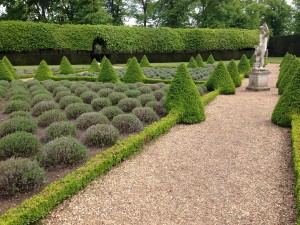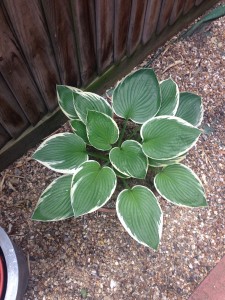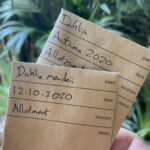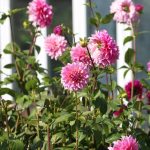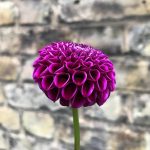It’s the last day of 2014 and I’ve been really interested in plants this year (no sh*t Sherlock) and at the start of the year I really struggled to identify even one plant that I really liked. A year later, and I still don’t have a huge list of favourites yet. However! There are a handful that have planted themselves in my head as essential picks. Read on to find out what they are…
1) Digitalis purpurea ‘Alba’
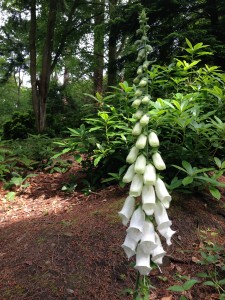
Foxgloves grow in the shade anyway, naturally in forests and woodland. So there are very few other spring / early summer flowers to compete with them for attention. Coupled with the darkness beneath trees or next to buildings in urban areas and their tall spires, it means they’re guaranteed to stand out.
The white ones in particular feel regal and fresh with a slight touch of green to the white petals. Their stature, structure and location in damp, dark areas mean they have a mystical, fantasy quality entirely unique to them and I love them for it. They captivated me at Chelsea Flower Show 2014 and won me over in the woodland of Cragside in Northumberland, which is why this common native flower is top of my list for 2014.
2) Cornus kousa var. chinensis
Like the Digitalis purpurea ‘Alba’, it was in Jo Thompson’s gold winning London Square Garden at the Chelsea Flower Show (with only white flowers) that I first laid eyes on Cornus kousa var. chinensis, with its square bracts around each little green flower.
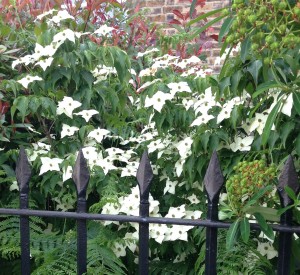
It works well against lush greens as you can see in this nearby Clapham front garden. This is easily my second favourite plant of the year and I now have one growing in a pot on the patio. It loves acid soil, which is why I potted it in ericaceous compost – but it can’t stay in the pot forever, it’s a tree that grows to 20 metres!
3) Brunnera macrophylla ‘Mr Morse’
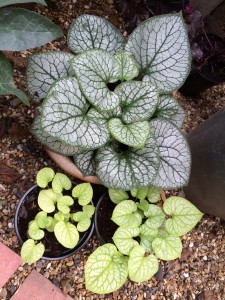
I love the new Brunnera cultivars for their alien like, shiny silver variegated foliage in shade. They also flower profusely in spring.
I first discovered Brunnera macrophylla ‘Jack Frost’ (large plant above) which has been much lauded in the gardening press this year for its impressive foliage and blue “forget-me-not’ like flowers.
However, I disagree with the press that the blue flowers are best, I think they look a bit odd against the variegated foliage. So I hunted high and low for a white flowered alternative cultivar called Brunnera ‘Mr Morse’.
This fits in better with our white spring garden and I think will be more magical like the white Digitalis.
4) Dahlias
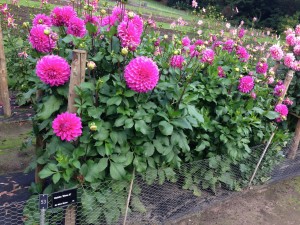
Cheating a bit now – not just one species, but an entire genus: Dahlias have captured my imagination like no other flower this year. They’re bonkers. Real powerhouses, churning out flower after flower in late summer. Coming in all manner of sizes, shapes and colours. There is a Dahlia for every situation and they’re easy to grow. Personally, I love the ginormous “dinner plate” varieties and I have a tonne on order for next year. They’re real showstoppers.
5) Astrantia major
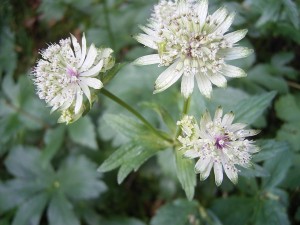
It was in Brighton Pavilion’s gardens that I first spotted this flower and loved it instantly. The spiky bracts make it stand out.
The flower comes in a variety of colours but the white is still the best in my opinion. It’ll flower for most of the summer and is easy to grow.
6) Azaleas
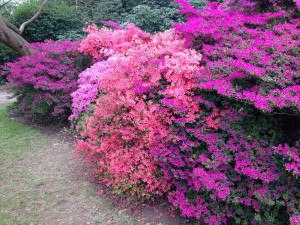
Bam! Spring is here baby and the Azaleas are gonna shove it right in your face. Look at that neon patchwork of colour at Kew in spring, so much colour!
7) Topiary
Yeah, er, awkward… so topiary isn’t a plant, but isn’t it brilliant! Topiary hedges or shrubs add a touch of interesting class and a splash of flash to your garden.
It’s apparently easier to create than you think too, this’ll definitely be finding its way into our garden in some form next year.
8) Hosta ‘Francee’
Shade loving, easy to grow, luscious leaves, what’s not to love? Oh, the fact that they’re slug magnets and can be eaten to shreds overnight. Hostas are brilliant plants for shade but you need to go overboard to stop the slug onslaught. Ours were in pots, on feet, over gravel with a copper band around the pot. It stopped all of the slimy critters.
9) Monarda ‘Cambridge Scarlet’
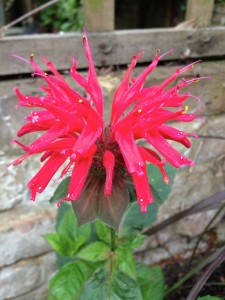
Our Monarda ‘Cambridge Scarlet’ was so young it only had one truly brilliant whorl of flowers this year – but wow. The above photo doesn’t do the rich colour justice. Monardas caught my eye because the flowers are large and weird. The ‘Cambridge Scarlet’ variety is supposedly one of the most disease resistant and it seems to be happy growing away. The leaves smell of Early Grey tea, which, if you know me, will tell you why this plant caught my interest initially.
10) Brachyscombe iberidifolia
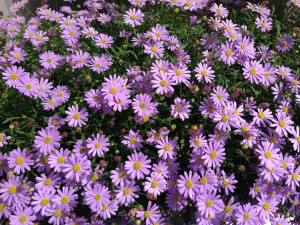
This is a really simple one, the little blue/mauve daisy like flower I’ve talked about a lot this year. I wouldn’t say it’s one of my absolute favourite plants but credit where credit’s due, this Brachyscombe iberidifolia filled our window boxes with thousands of flowers from spring until the first frost – putting up with drought, full on sun, me forgetting to add fertiliser etc. Really recommend it as a robust easy bit of colour.
What’s next for 2015?
Plants I suspect may appear in this list next year are: Salvias, Verbena bonariensis, some specific Dahlia cultivars, tulips, Echinacea, Alliums, Acers and probably some indoor plants like Hippeastrum and Solenstemon…
I’m very excited about the year ahead and having the opportunity to grow more. I always said 2014 was my experimental year, and it has been. With lots of mistakes, some successes, and more learnt than I ever comprehended back in January (seriously, I didn’t expect to know my endoplasmic reticulums from my Capsella bursa-pastoris’). Many of the plants listed above I hadn’t properly laid eyes on, let alone known their names.
What a year in the land of Littlebury!
Please share your tips below in the comments too, I’d love to hear them 🙂
